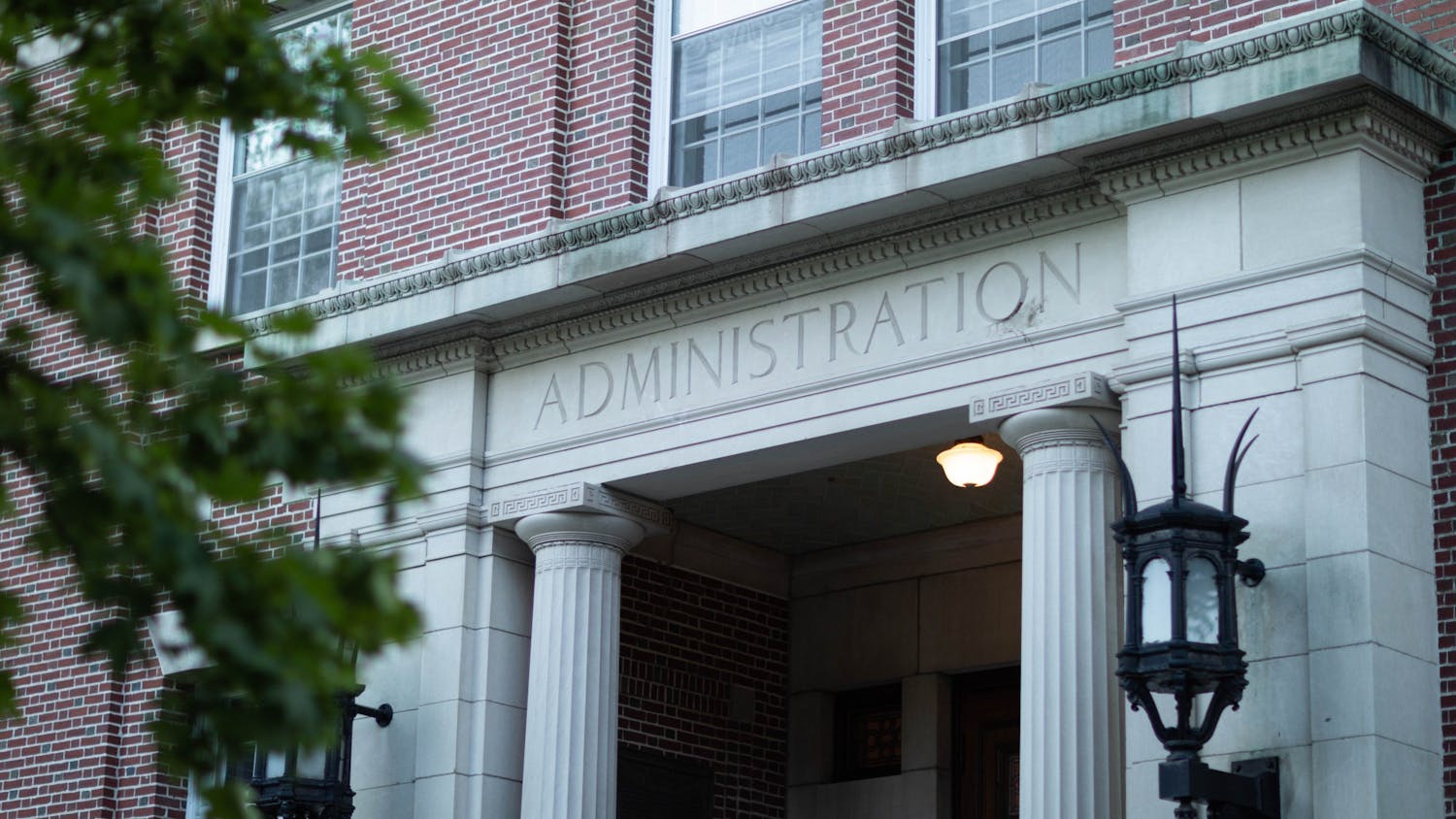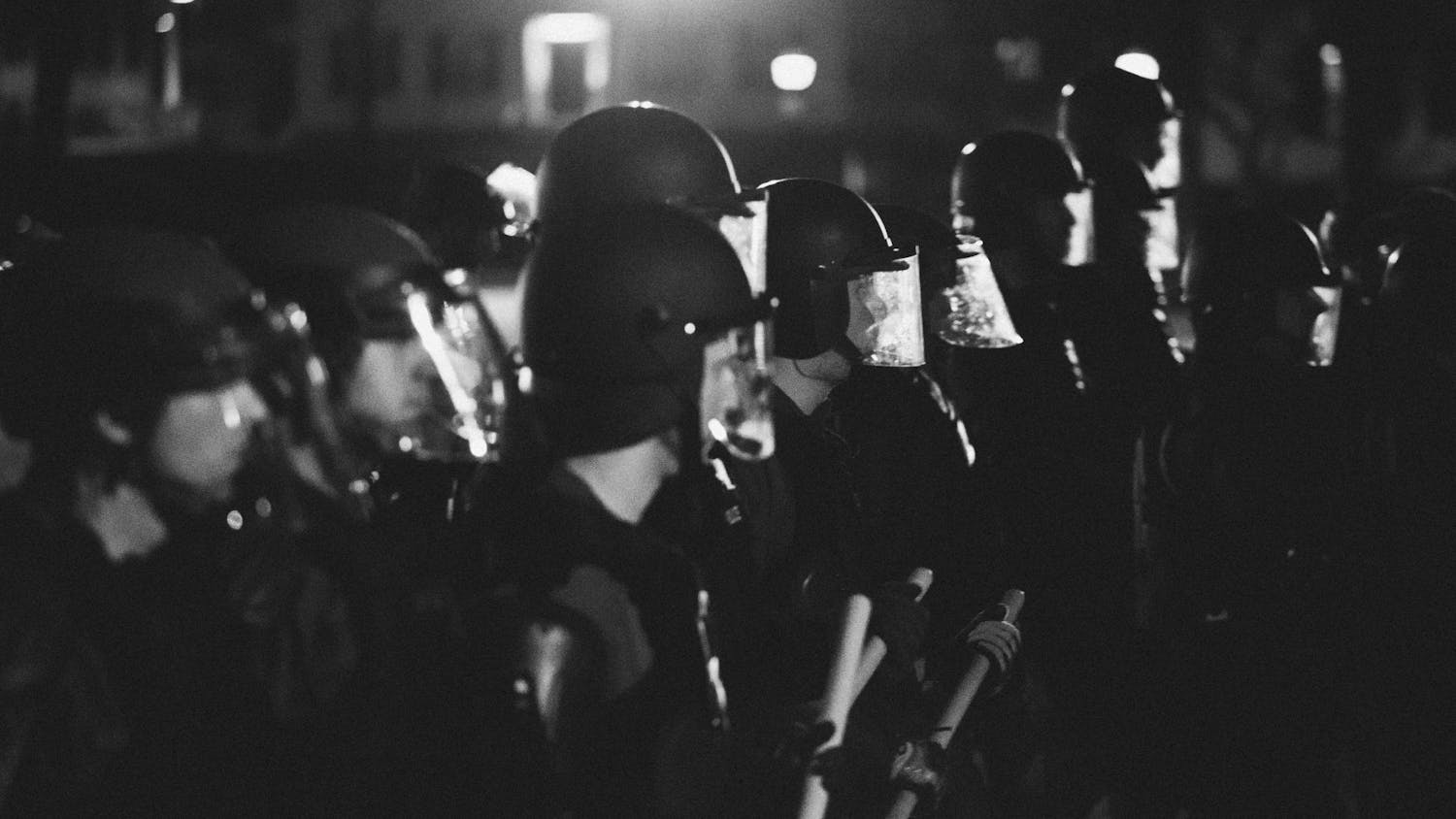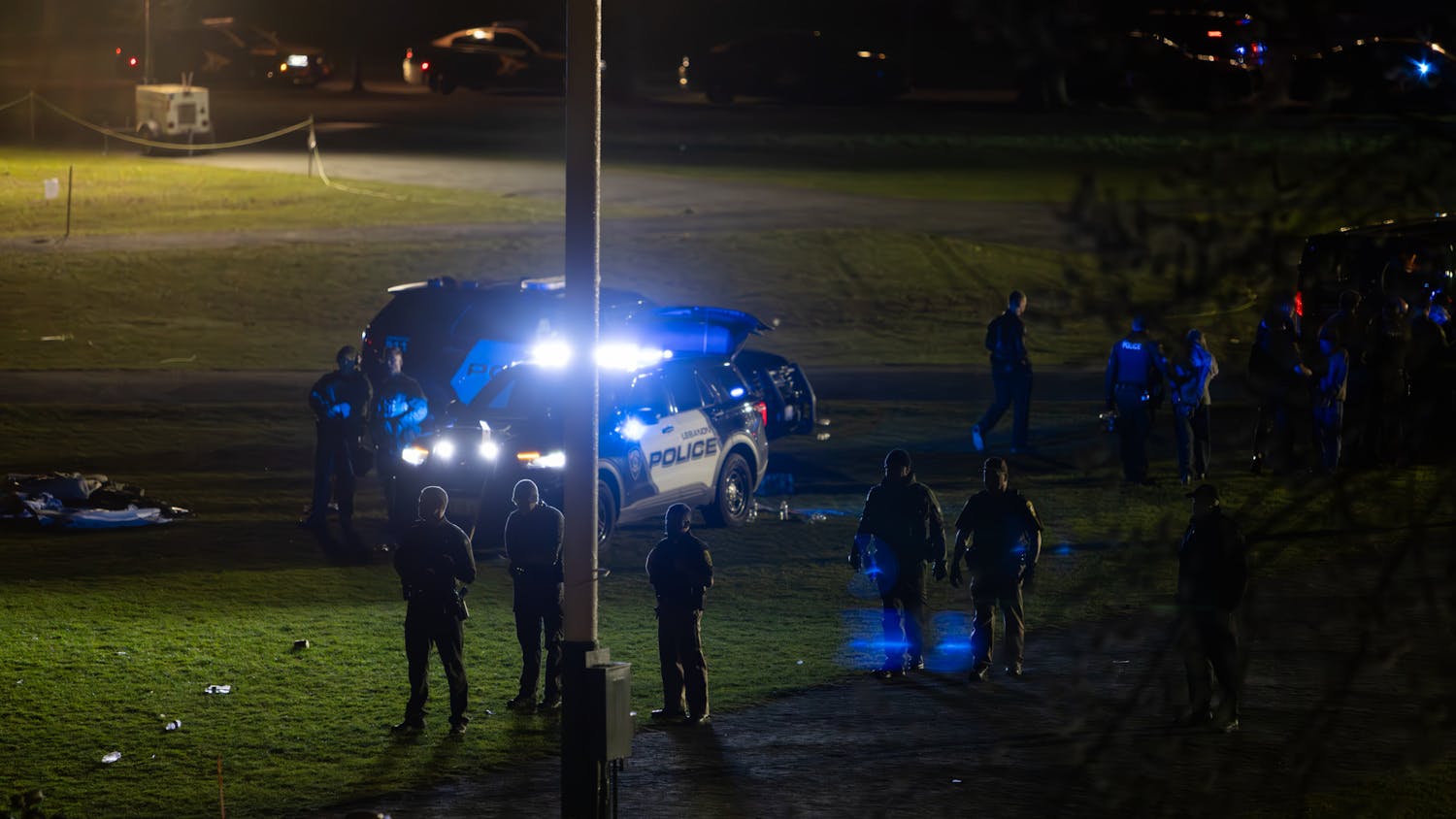A study by the Dartmouth Hitchcock Medical Center found that tobacco's top brands still appear in popular movies, even after a voluntary ban on such product placement by the tobacco industry.
The study, which was published Friday in the British medical journal, The Lancid, coded 250 popular movies made over the last ten years for the presence of cigarette brand names.
The study found that brand names did not become less prevalent after a 1989 voluntary ban by tobacco companies on advertising.
In fact, there was an increase in actor endorsement of specific brands, defined as an actor handling the product during the film.
The study suggests three reasons for this. First, it could be happenstance -- a brand was on the set when the director needed it. Second, it could be in the studio's interest to promote a specific brand. Or third, tobacco companies could be paying studios to show their brands.
This third possibility would violate the industry's 1989 agreement, and further placement would violate the 1999 Tobacco Master Settlement agreement.
According to a summary of the agreement on one tobacco company's website, the companies agreed not to "make any payment for the use of any tobacco product identification in a motion picture ... anywhere in the United States."
DHMC researcher Dr. Madeline Dalton was reluctant to say definitively that the tobacco industry was responsible for the product placement. But she did say "it's hard to imagine tobacco got their products in for free when everyone else needs to pay."
Spokesmen contacted by The Dartmouth from RJ Reynolds, Philip Morris, and Brown & Williamson -- the companies that manufacture the four brands that appeared most often in the movies coded: Marlboro, Winston, Lucky Strike, and Camel -- vigorously denied any support or encouragement by their companies for filmmakers.
"It's been the policy that Brown & Williamson does not do any placement whatsoever," Public Affairs Representative Mark Smith told The Dartmouth of the brand that manufactures Lucky Strike. "And that's been the policy for at least a decade."
Representatives also said they routinely turned down requests for "freebies" or other support from their companies.
They stopped short of saying they had taken any legal action against films that used their brands, or promising that they would take action against studios now that evidence of the brands' appearances had come out.
"That's just absolutely typical," Dr. C. Everett Koop '37, Director of the Koop Institute, told The Dartmouth yesterday. "They have a beautiful code of ethics but they don't follow it."
Former United States Surgeon General, Dr. Koop has kept a high national profile largely through his determined campaign against tobacco companies.
"Cigarette companies would have to prove to me beyond any shadow of a doubt that this has been their position," he added. "And my experience with the tobacco industry is you can't trust them."
Dr. Koop also said that documentation exists that the tobacco industry has paid actors like Sylvester Stallone to smoke in movies, although he did not say if this was before or after the voluntary ban on cigarette advertising.
Both researchers and tobacco spokesmen left open the possibility that film studios were responsible for the continued presence of brands in films.
If the tobacco industry is responsible for cigarettes' continued cameos, and such appearances continued after the recent Master Settlement Agreement between the industry and the government, then the industry would be opening itself up to more serious consequences.
The DHMC researchers, who are supported by a grant from the National Cancer Institute, have already begun coding movies made after the agreement.
The Lancet study also found that a surprising 85% of films showed tobacco use. Of the 250 movies sampled, 28% featured some appearance of a specific brand.



